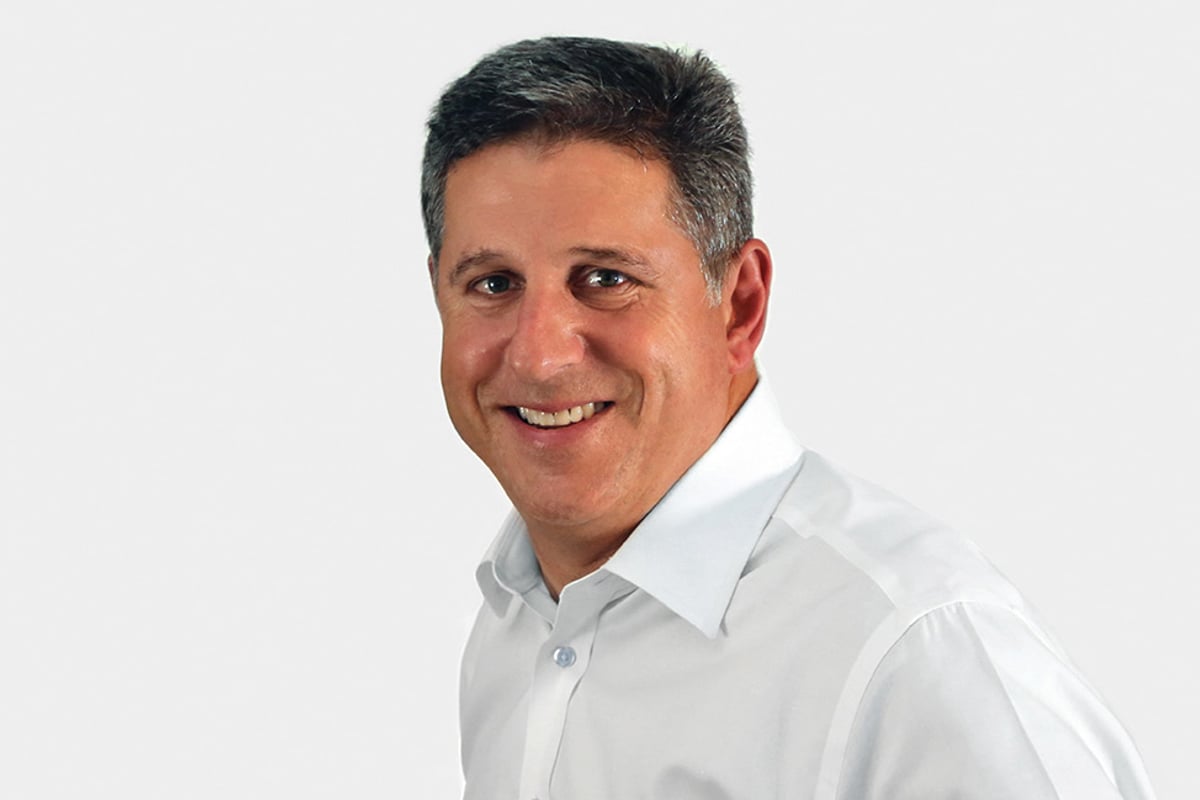Why Rdio’s free streaming radio model is backed by rights holders

As the streaming market’s leaders come under increased scrutiny for their ‘freemium’ models by artists and major label heads, TMN reached out to Rdio to find out why its name hasn’t been pegged alongside Spotify in media reports about restricting the free model.
“Recently most of the major labels, led by Universal Music and Sony Music have gone on record as saying free on demand is too good and needs to be changed,” Rdio CEO Anthony Bay told TMN.“We agree with that point of view.”
Why doesn’t Rdio’s free, on-demand model need revising? The service which now offers a catalogue of around 35 million songs in 85 countries, has two approaches to free, ad-supported music. The first is the widely-adoptedmodel, where listeners choose what they want to hear but also end up with a limited number of ads (via desktop), and the second is an ad-supported radio model available on all devices, which, just like the broadcast model that has co-existed with ownership for almost 100 years, pushes users to either purchase music or join the paid model.
“Our ad-supported radio experience is a newer version of an old partner to the music industry,” Bay told TMN. “Radio remains a key way in which labels break artists and music is promoted and discovered. If someone wants to hear more of a particular artist or album they can’t get that from radio – they need to pay."
Bay said Rdio’s approach tofreevia its radio model has been “recognised” during the licensing renewal negotiations with labels.
“We believe that the ad-supported radio model is good for the industry because both artists/labels and composers/publishers are paid per play – and radio isn’t a replacement for listening to what you want.That can only happen via purchasing music or a subscription.”
Bay maintains that just like iTunes and in fact, broadcast radio in the past, the unease from rights holders will be followed byuniversal adoption.
“One must remember that when iTunes came out there was a big uproar of concern as well, but as downloads grew in size they became mainstream and the controversy died down. We believe that the same will be true eventually with subscription.”
Rdio’s separation from Spotify’s free model was widely publicised when Taylor Swift and Big Machine Label Group removed Swift’s catalogue from Spotify.Swift told Yahoo Musicin December:“I'm not willing to contribute my life's work to an experiment that I don't feel fairly compensates the writers, producers, artists, and creators of this music."
Swift’s issue wasn’t with the free model – her catalogue (sans 1989) remains on Rdio – it was in part the fact she couldn’t just have her music aligned with the paid model. Spotify has never had an all free or all paid economic model because as Spotify CEO Daniel Ek has said “both models had a fatal flaw.” The paid-only services never took off financially and the free services “paid next to nothing” back to rights holders.
“Taylor Swift was the first major artist to come out strongly against free on demand last November,” Bay told TMN. “She insisted that her music shouldn’t be free, and the she didn’t want to participate in the “experiment” as to whether offering free music on-demand encourages enough people to pay.
“Taylor Swift’s music is on Rdio’s ad-supported radio service as well as our subscription service, other than her latest album which she chose to “window” and only offer for sale for some period of time.”
While Rdio pays over 70% of the money that a listener pays directly back to the rights holders, and the split between artist,label,composer and publisher is the same split that has existed in the music download business for over a decade, Bay believes the existing free, on-demand model doesn't makesense long term for the industry.
“As Taylor Swift said, it has been an experiment.The argument often made by proponents of free on-demand is that it is better than piracy. However the counter argument is that if free is “too good”, there isn’t enough incentive for people to ever want to pay.”






























